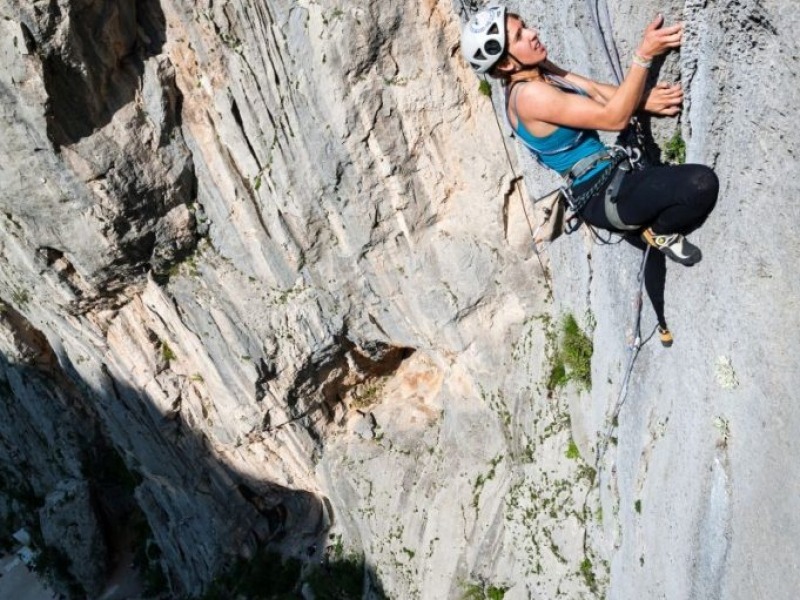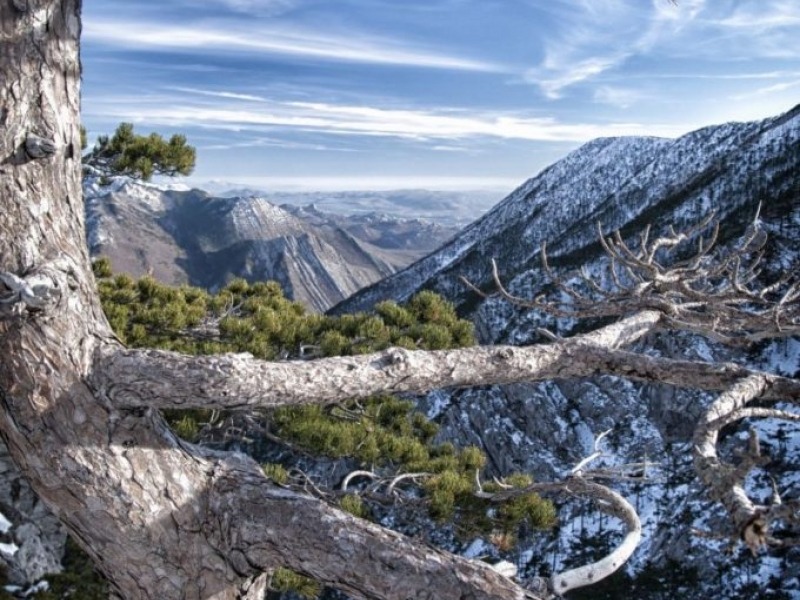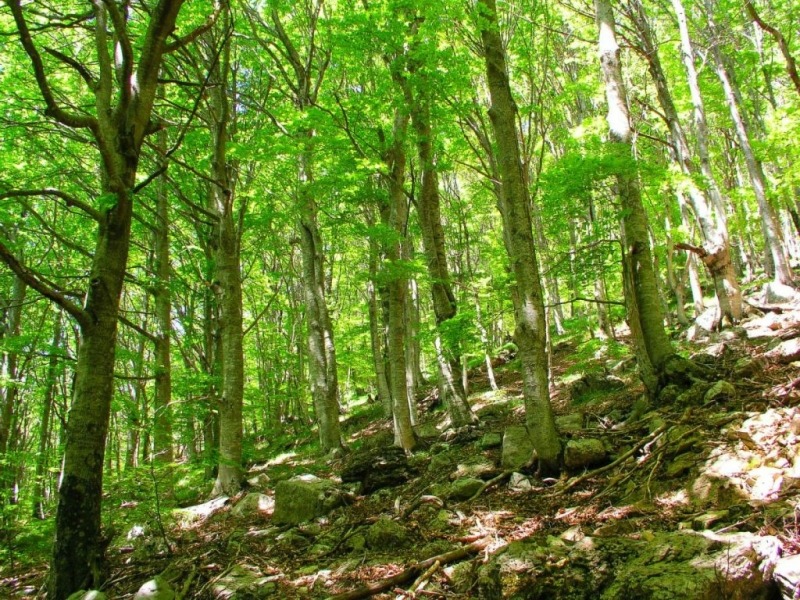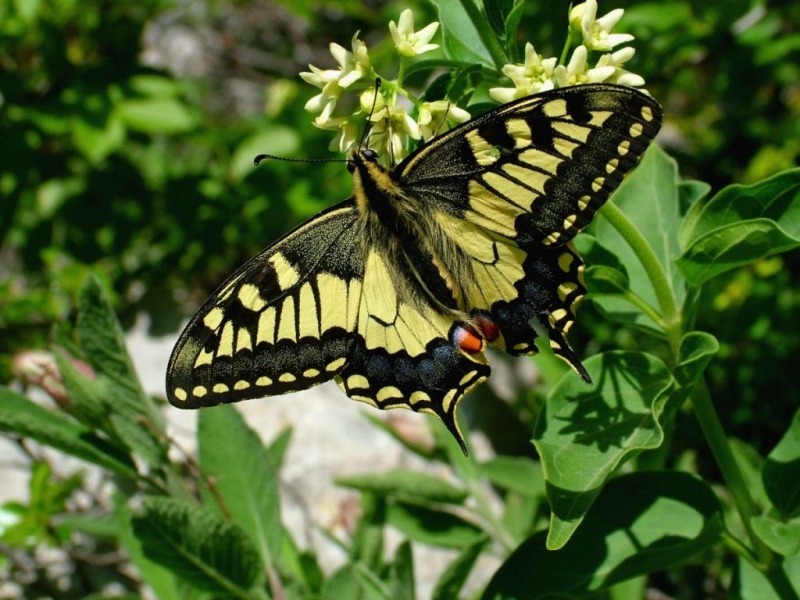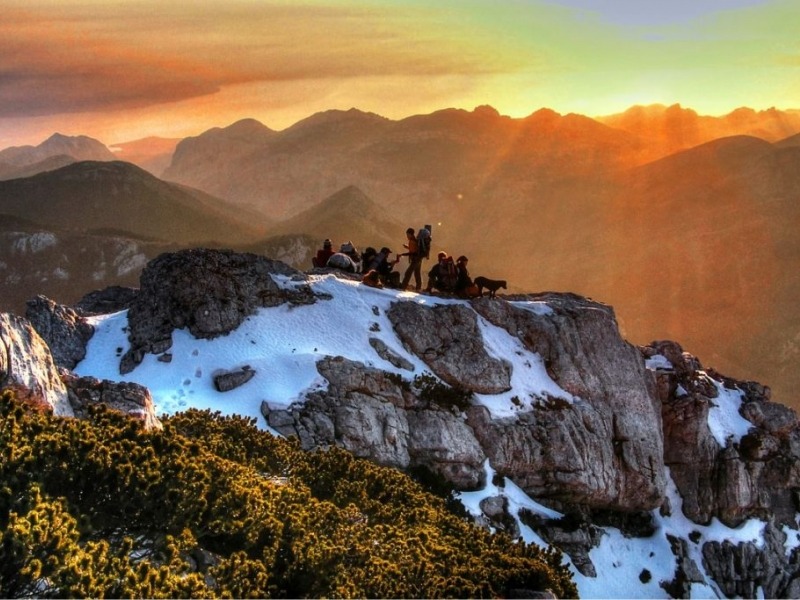Paklenica National Park
ID card
- Year of declaration: 1949
- Biosphere reserve since 1978
- Surface: 95 m2
- Beech forests: added to UNESCO World Cultural and Natural Heritage List in 2017
- Part of the NATURA area
- Highest point: Vaganski Vrh peak (1.757 masl)
- Lowest point: Entrance 1, Velika Paklenica Canyon (30 masl)
- Prominent attractions: Manita peć cave, Vodarica Pit
- Part of the Rewilding Europe project
Contact info
- Dr. Franje Tuđmana 14a, 23244, Starigrad-Paklenica
- 023/369-155
- prezentacija@paklenica.hr
- web
- Tripadvisor
This relatively small area offers an abundance of geomorphological phenomena, diversity of flora and fauna, attractive landscapes and intact nature.
Seeing as it consists of limestone and Dolomites, Paklenica is characterized by various karst phenomena, such as karrens, groves, pits, faults and caves
Forests cover two thirds of the Park’s surface and are characterized by various plant groups. Among the floral diversity of Paklenica, the cliff vegetation is prominent. The great preservation level of the ecosystem is a prerequisite for the abundance and diversity of Paklenica’s fauna, which is estimated to more than 4.000 animal species. It is not uncommon to see a species which have become rare in many other areas of Europe.
Walking is the only proper way to truly get to know Paklenica. There are about 150 km of trails and roads in the Park. The roads range from the touristic ones, which lead from Velika Paklenica Canyon to the Manita peć cave, Lugarnica forest hut and mountain lodge, to the mountain ones, by which you can reach the highest points of Velebit: Vaganski Vrh (1758 m) and Sveto brdo (1753 m). When on a mountain trail, using a hiking map is recommended.
More than half a century of mountaineering and alpinism traditions has placed Paklenica among the most popular European climbing locations. The climbing area disposes of about 590 climbing routes, all of which are different in duration and difficulty. The climbing season in Paklenica lasts from the early spring to the late autumn. The most of climbers are gathered here around Labor day (may 1st), when the traditional International Climbers Meeting takes place.



